Refer to the exhibit.

Which IDS/IPS mode is the MX Security Appliance configured for?
Which configuration step is necessary when automatic updating is required of iOS apps provisioned through Systems Manager that are found in the App Store?
When wireless SSIDs are configured in Dashboard, which setting on the Access Control page affects the ability of a 2.4 GHz only client device from associating to the WLAN for the first time?
Which Meraki Dashboard menu section is accessed to enable Sentry enrollment on an SSID?
Drag and drop the descriptions from the left onto the permission types on the right.
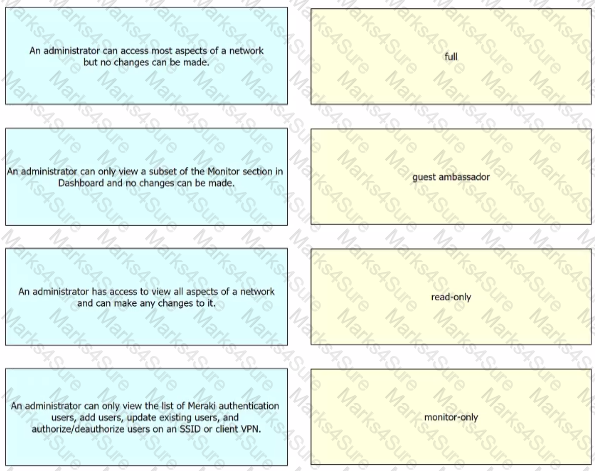
Refer to the exhibit.
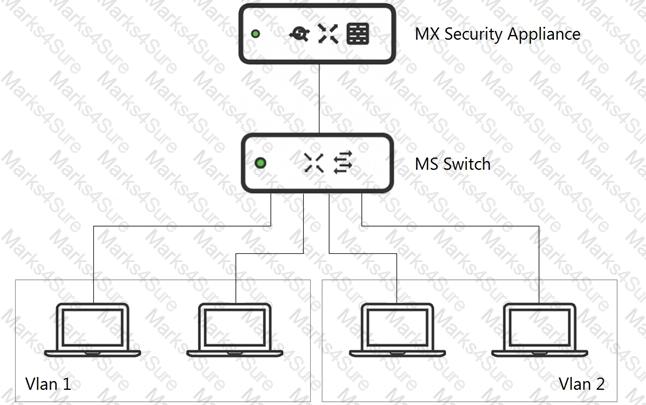
What is an advantage of implementing inter-VLAN routing on an MX Security Appliance rather than performing inter-VLAN routing on an MS Series Switch?
Refer to the exhibit.
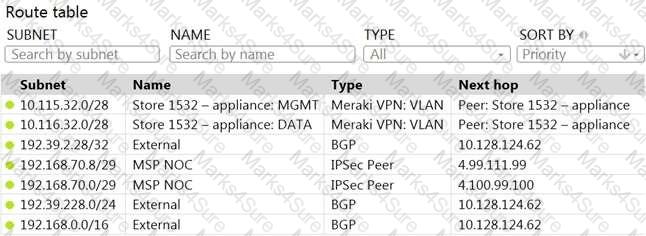
A packet arrives on the VPN concentrator with source IP 10.168.70.3 and destined for IP 10.116.32.4.
What is the next hop for the packet, based on this concentrator routing table?
Refer to the exhibit.
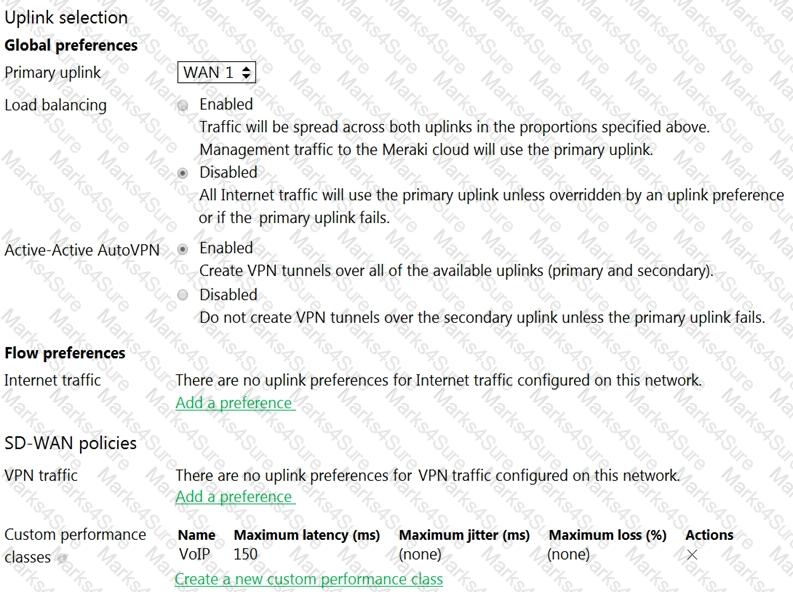
What does the MX Security Appliance send to determine whether VPN traffic exceeds the configured latency threshold in the VoIP custom performance class?
What is the default frequency of SD-WAN probes sent between VPN peers in a Cisco Meraki MX SD-WAN deployment?
For which two reasons can an organization become “Out of License”? (Choose two.)
Which VLAN is used to source pings across the site-to-site VPN when using the MX Live tools?
Which three verbs of request are available in the Cisco Meraki API? (Choose three.)
Refer to the exhibit.
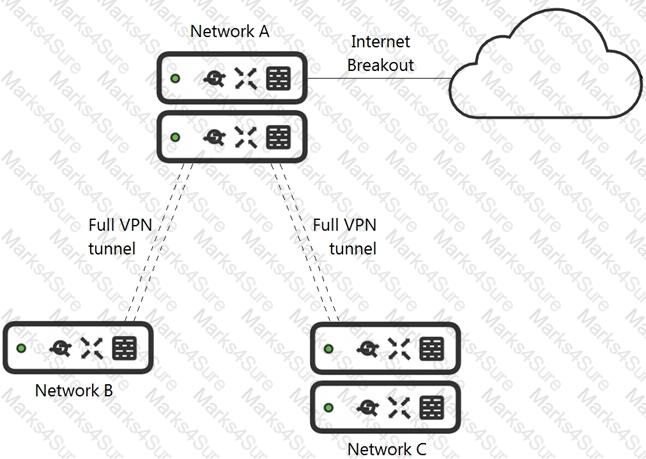
What is the minimal Cisco Meraki Insight licensing requirement?
Drag and drop the settings from the left onto the available or non-available methods of applying a group policy to a Cisco Meraki MR access point on the right.
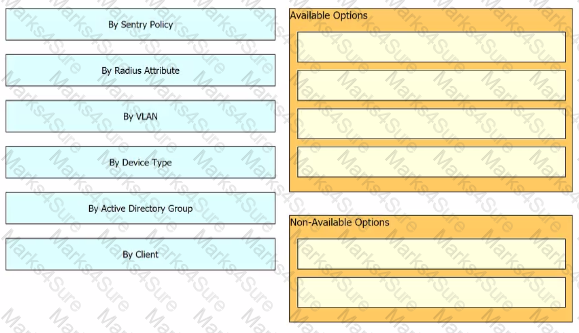
Refer to the exhibit.
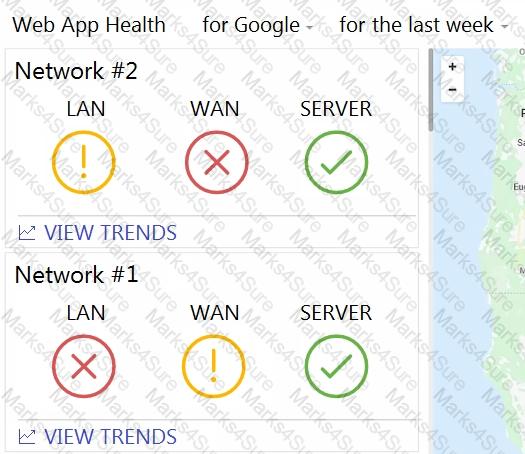
What are two outcomes reflected in the Web App Health application? (Choose two.)